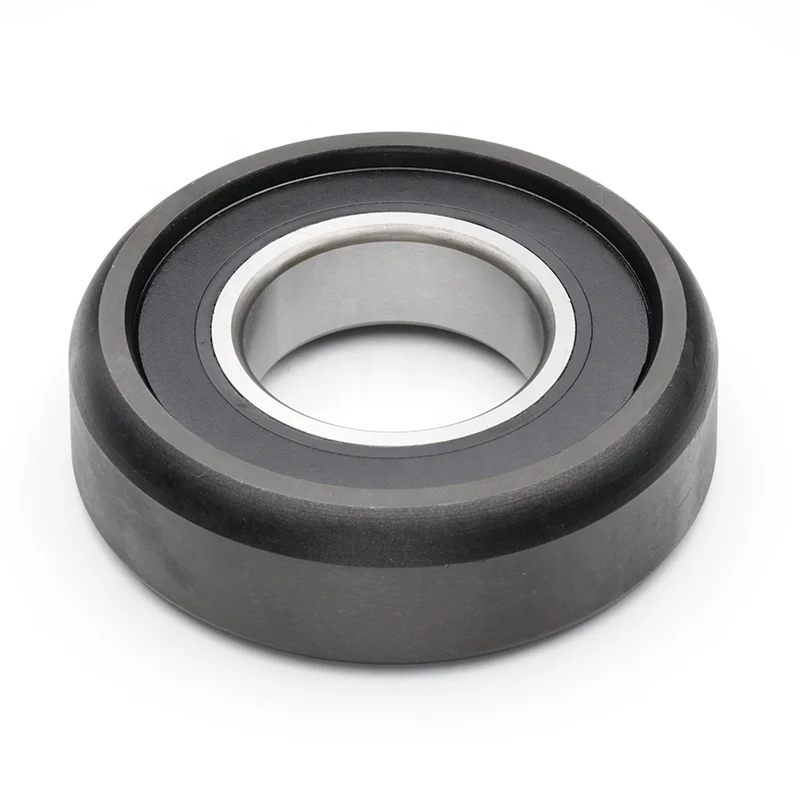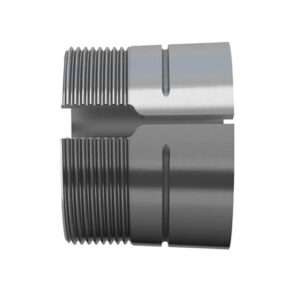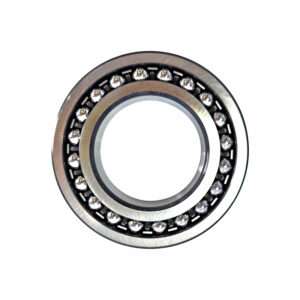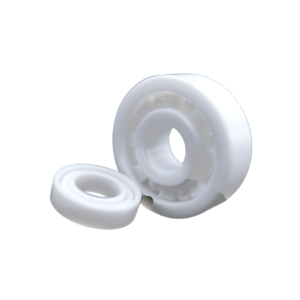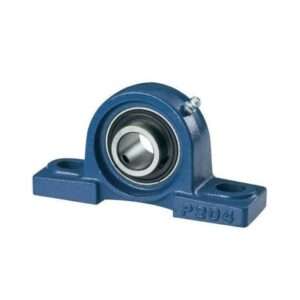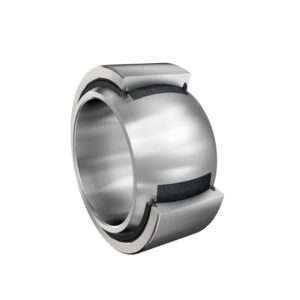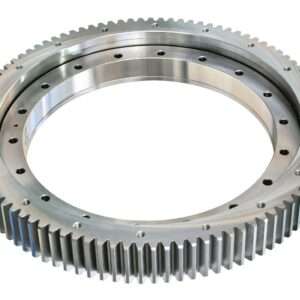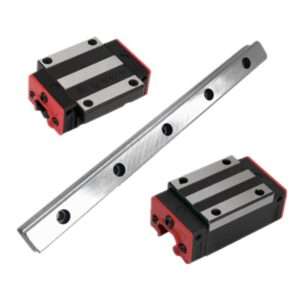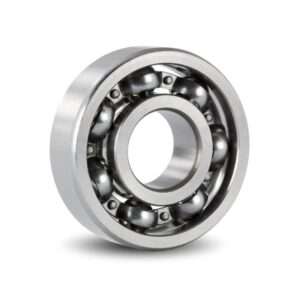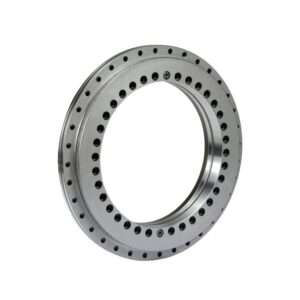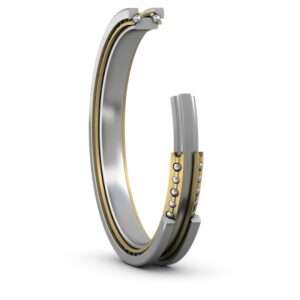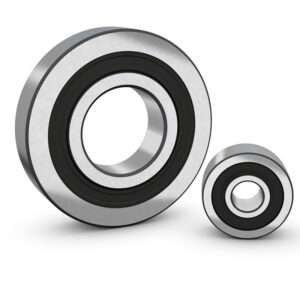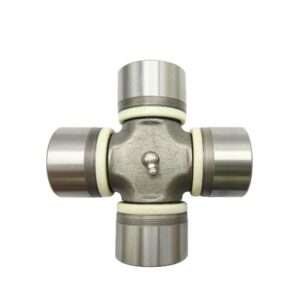Table of Contents
Categories
Mastering Bottom Roller Bearings: A Comprehensive Overview

Introduction
Definition and Function
Bottom roller bearings are mechanical components designed to reduce friction between rotating and stationary parts, ensuring smooth and efficient motion. These bearings support axial and radial loads, making them crucial in various applications such as conveyors, automotive systems, and industrial machinery. By minimizing resistance, bottom roller bearings enhance performance and extend the lifespan of equipment. Their design typically includes cylindrical, tapered, or spherical rollers, each suited to specific load and alignment requirements. Understanding their function is essential for selecting the right bearing for a given application.
Importance in Industrial Applications
Bottom roller bearings play a vital role in industrial applications by enhancing machinery efficiency and reliability. These bearings support heavy loads and reduce friction, ensuring smooth operation of equipment such as conveyor belts, production lines, and automotive systems. Their ability to handle high-speed rotations and maintain stability under various conditions makes them indispensable in manufacturing, mining, and transportation industries. By minimizing wear and tear, bottom roller bearings help lower maintenance costs and prevent downtime, significantly contributing to productivity and operational efficiency in industrial settings.
Types of Bottom Roller Bearings
Bottom roller bearings come in several types, each designed to meet specific operational demands and load requirements. Cylindrical roller bearings are characterized by their high radial load capacity and are commonly used in applications requiring high-speed performance. They consist of rollers that are longer than their diameter, which reduces friction and enhances load distribution.
Tapered roller bearings, on the other hand, are designed to handle both radial and axial loads due to their conical geometry. This design makes them suitable for heavy-duty applications like automotive wheel hubs and gearboxes. The tapered shape allows them to manage combined loads effectively, providing robust performance in demanding environments.
Spherical roller bearings feature an outer ring with a spherical raceway, allowing for misalignment accommodation and providing high load capacity in both radial and axial directions. They are particularly useful in machinery that experiences shaft deflections and heavy loads, such as mining equipment and large industrial machines. Each type of bottom roller bearing has its unique advantages and is selected based on factors such as load type, speed, and environmental conditions. Understanding these types and their specific uses is crucial for optimizing machinery performance and ensuring reliability in various industrial applications.
Design Considerations
Load Capacity and Bearing Life
Designing bottom roller bearings requires careful consideration of load capacity and bearing life to ensure optimal performance and longevity. Load capacity refers to the maximum load a bearing can handle without experiencing excessive wear or failure. Dynamic load ratings indicate the bearing’s ability to withstand varying loads over time, while factors like material quality, lubrication, and operating conditions affect overall bearing life. Ensuring proper load distribution and selecting bearings with adequate capacity for the intended application are essential to prevent premature failure. By understanding and addressing these design considerations, engineers can enhance the durability and efficiency of machinery, reducing maintenance costs and operational downtime.
Radial and Axial Loads
In designing bottom roller bearings, understanding radial and axial loads is crucial for ensuring proper functionality and longevity. Radial loads act perpendicular to the bearing’s axis and are typically handled by bearings with robust radial capacity, like cylindrical roller bearings. Axial loads, or thrust loads, act parallel to the bearing’s axis and require bearings designed to manage these forces, such as tapered roller bearings. Properly balancing these loads is vital to prevent uneven wear and premature failure. Selecting the appropriate bearing type based on the specific load conditions of an application ensures optimal performance, reliability, and extended service life, ultimately enhancing the efficiency and safety of machinery.
Speed Ratings
Speed ratings are a critical design consideration for bottom roller bearings, determining their suitability for various high-speed applications. The limiting speed of a bearing indicates the maximum rotational speed it can endure without compromising performance or causing excessive heat build-up. Factors influencing speed ratings include bearing type, size, lubrication quality, and operating environment. High-speed applications, such as in turbines or high-speed machinery, require bearings with superior speed capabilities and efficient heat dissipation. Choosing bearings with appropriate speed ratings ensures smooth operation, minimizes the risk of overheating, and extends bearing life. Proper assessment of speed requirements is essential for maintaining machinery efficiency and reliability in high-speed conditions.
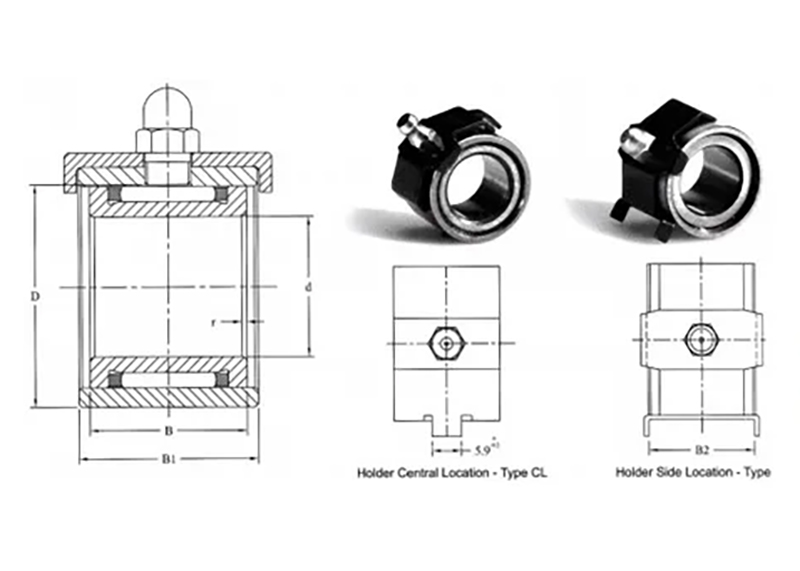
Lubrication Systems
Effective lubrication is essential for the optimal performance and longevity of bottom roller bearings. Grease lubrication involves using a semi-solid lubricant to reduce friction and protect bearing surfaces. It is favored for its ease of application, good sealing properties, and ability to stay in place under various operating conditions, making it suitable for many industrial applications.
Oil lubrication, on the other hand, provides better cooling and is ideal for high-speed or high-temperature environments. It can be delivered through methods such as oil baths, circulation systems, or mist lubrication, ensuring continuous and efficient lubrication. Regular maintenance practices are crucial for both grease and oil-lubricated bearings to ensure their effectiveness.
This includes monitoring lubrication levels, checking for contamination, and scheduling re-lubrication intervals based on the bearing’s operational demands. Proper maintenance prevents issues like overheating, wear, and premature bearing failure, ultimately extending the service life of the bearings. By understanding the advantages and applications of grease and oil lubrication, as well as implementing consistent maintenance practices, engineers can significantly enhance the performance and reliability of bottom roller bearings in various industrial settings.
Mounting and Installation
Proper Alignment Techniques
Proper alignment techniques are crucial for the successful mounting and installation of bottom roller bearings. Correct alignment ensures that the bearing operates within its specified load capacity and maintains optimal performance throughout its service life. Shaft and housing alignment techniques involve aligning the rotational axes of the shaft and bearing housing to minimize misalignment and prevent premature wear or failure. Techniques such as laser alignment and dial indicators are commonly used to achieve precise alignment. Proper alignment also helps distribute loads evenly across the bearing, reducing stress and extending its longevity. By adhering to proper alignment techniques during installation, engineers can maximize the efficiency and reliability of bottom roller bearings in various industrial applications.
Correct Preload and Clearance
Correct preload and clearance are essential considerations in the mounting and installation of bottom roller bearings. Preload refers to the intentional application of a small axial force to the bearing during assembly to eliminate internal clearance and improve rigidity and operating accuracy. This ensures that the bearing maintains contact under operating conditions, reducing vibration and noise while enhancing performance. Conversely, proper clearance adjustment ensures that the bearing operates with minimal internal play, maintaining optimal load distribution and preventing premature wear. By carefully setting preload and clearance according to manufacturer recommendations and application requirements, engineers can ensure the longevity and reliability of bottom roller bearings in diverse industrial settings.
Installation Tools and Methods
Environmental Considerations
Temperature and corrosion resistance are paramount, particularly in industries where extreme temperatures or corrosive substances are prevalent. Bearings subjected to such harsh environments necessitate materials and coatings engineered to withstand these challenges without compromising performance or structural integrity. Implementing advanced materials and coatings that exhibit high resistance to temperature fluctuations and chemical corrosion ensures the bearings can endure demanding conditions over their operational lifespan.
Furthermore, effective contamination prevention strategies are essential for maintaining the reliability and performance of bottom roller bearings. Dust, debris, and particulate matter can infiltrate bearing components, leading to premature wear, increased friction, and ultimately, failure. Employing robust sealing solutions and implementing rigorous maintenance practices help safeguard bearings against contamination, preserving their functionality and extending their service life.
Moreover, with the growing emphasis on sustainability, bearing manufacturers are increasingly adopting eco-friendly practices and developing environmentally conscious solutions. This includes the formulation of biodegradable lubricants, the use of recycled materials in bearing production, and the integration of energy-efficient designs. By embracing sustainability initiatives, the bearing industry aims to reduce its environmental footprint while simultaneously enhancing the efficiency and lifecycle of bottom roller bearings. Incorporating temperature and corrosion resistance, contamination prevention measures, and sustainability initiatives into bearing design and application processes ensures their reliability, longevity, and environmental responsibility across diverse industrial sectors.
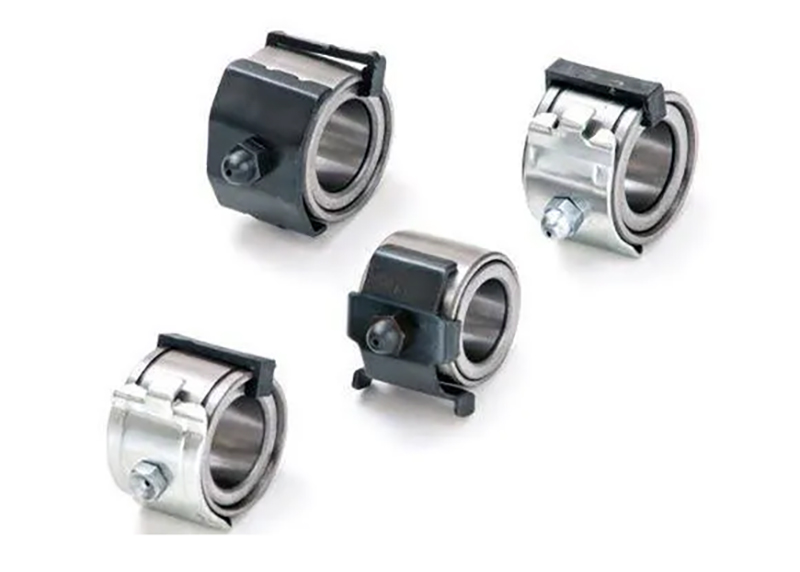
Failure Analysis and Troubleshooting
Recognizing and understanding common failure modes is paramount in preemptively addressing potential issues and implementing preventive measures. These modes encompass wear, friction, fatigue, overloading, and misalignment, each capable of causing decreased efficiency and premature bearing failure. By comprehensively examining these failure modes, engineers can develop strategies to mitigate their impact and enhance bearing longevity.
Diagnostic techniques such as vibration analysis and temperature monitoring serve as invaluable tools in detecting early signs of bearing degradation. Through continuous monitoring and analysis, engineers can identify abnormal patterns in bearing behavior, such as excessive vibration or temperature rise, signaling potential issues requiring attention. These diagnostic methods provide insights into the health and condition of bottom roller bearings, enabling proactive maintenance interventions to prevent catastrophic failure and minimize operational disruptions.
In the event of bearing failure, swift and effective remedial actions are essential to restore optimal performance and mitigate further damage. Remedial actions may involve bearing replacement, realignment of shafts and housings, or addressing underlying issues such as inadequate lubrication or improper installation practices. By promptly addressing the root cause of failure and implementing corrective measures, engineers can minimize downtime, optimize bearing performance, and ensure the continued reliability of bottom roller bearings in demanding industrial environments.
Applications in Various Industries
Bottom roller bearings find widespread applications across diverse industries, playing a pivotal role in supporting various machinery and equipment. In the automotive sector, they are integral components of engine systems, transmission assemblies, and suspension systems, ensuring smooth operation and reliability. In aerospace, bottom roller bearings are utilized in aircraft landing gear, control surfaces, and actuator systems, where precision and durability are paramount. Furthermore, in industrial machinery, they contribute to the functionality of conveyor systems, printing presses, and packaging equipment, facilitating efficient production processes. With their versatility and reliability, bottom roller bearings are indispensable in enabling the smooth operation of machinery across a multitude of industries.
Conclusion
References
- 1.”Bottom Roller Bearings” from NRB Industrial Bearings;
- 2. “Bottom Roller Bearing” from MRS Bearings;
- 3. “Bottom rollers” from Saurer.
Related Posts
sensor bearings
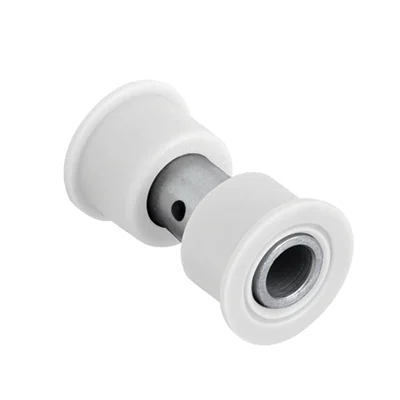
Delrin Bearings: Lubrication-Free Long Life

Locomotive Bearing Specs That Matter Most
